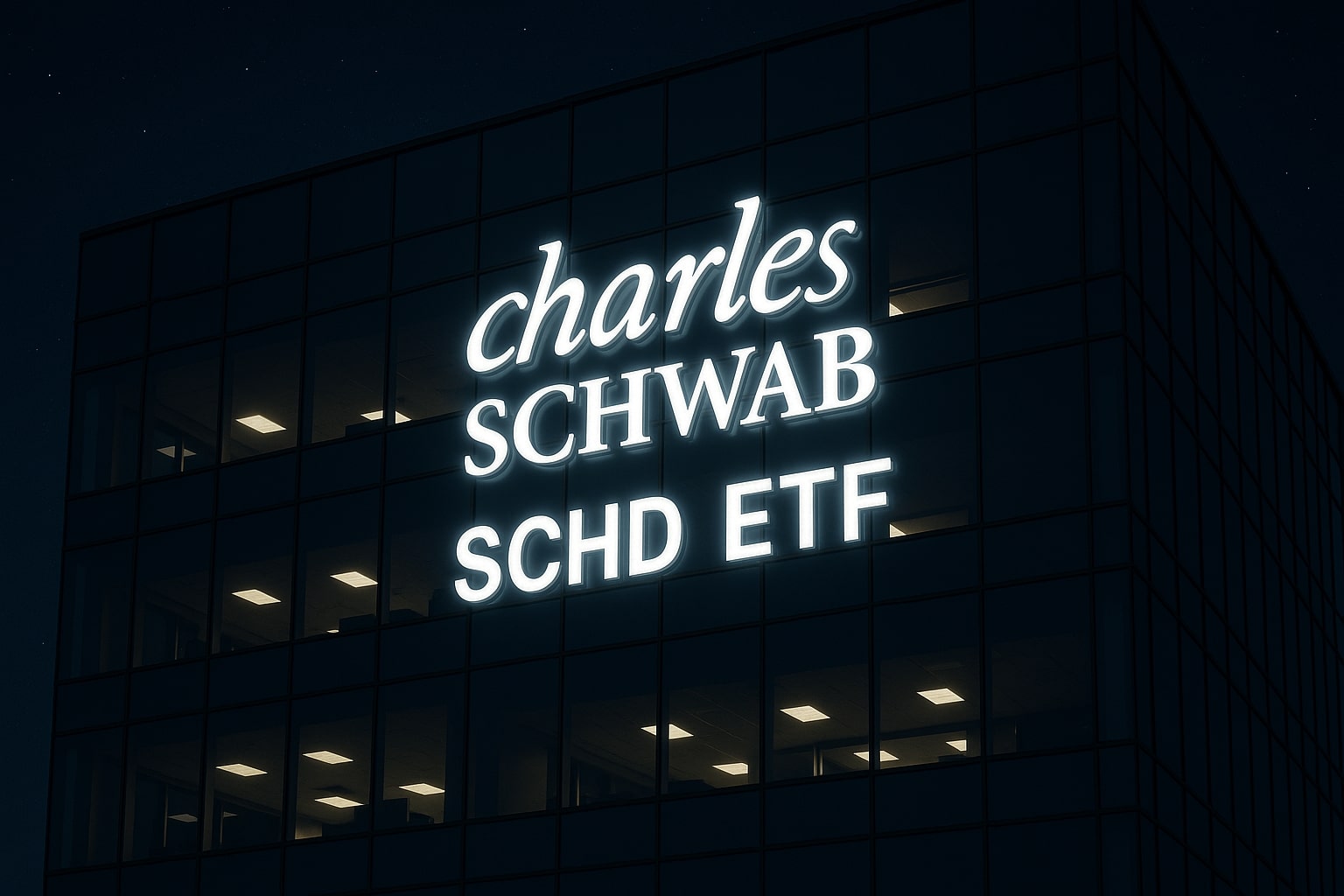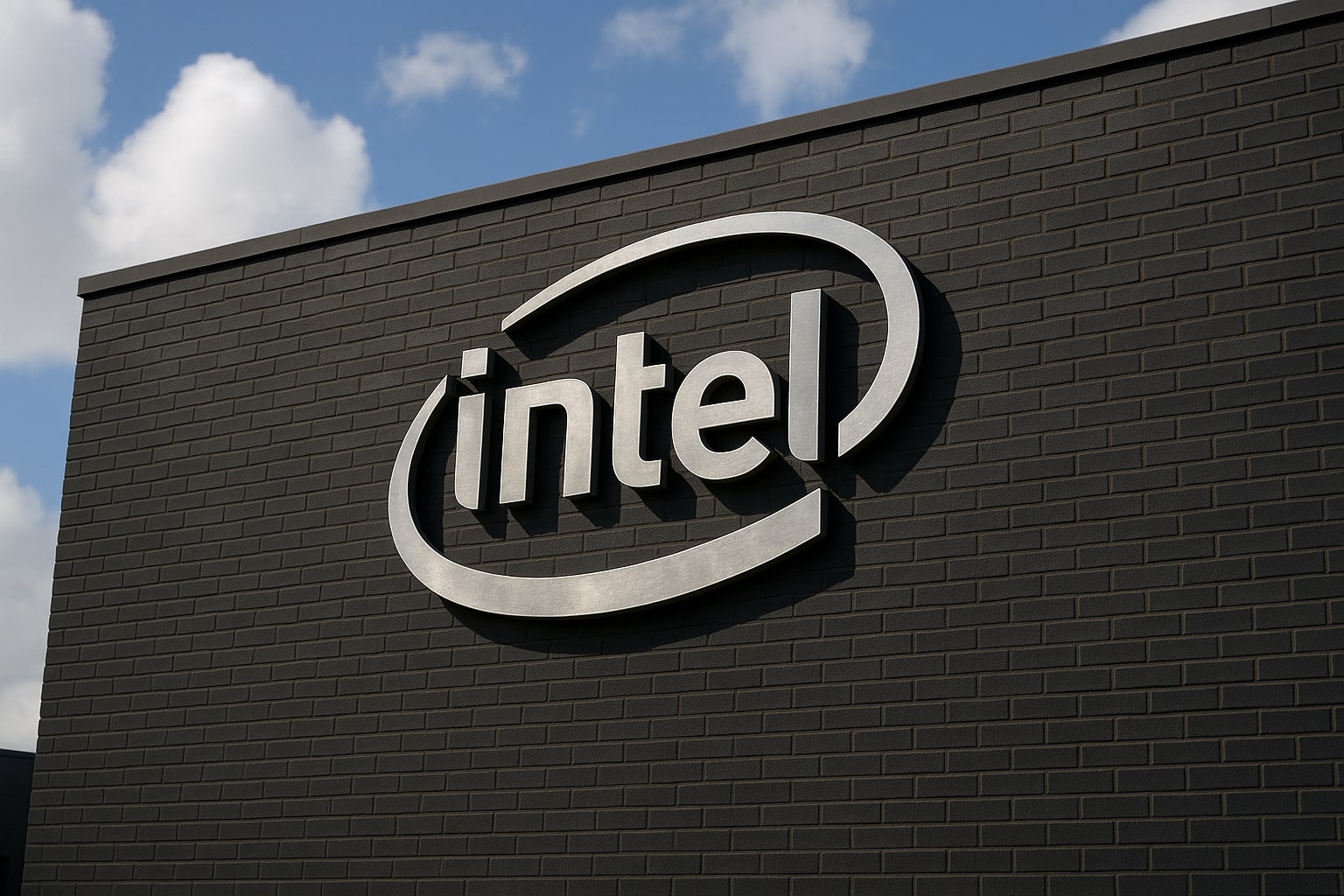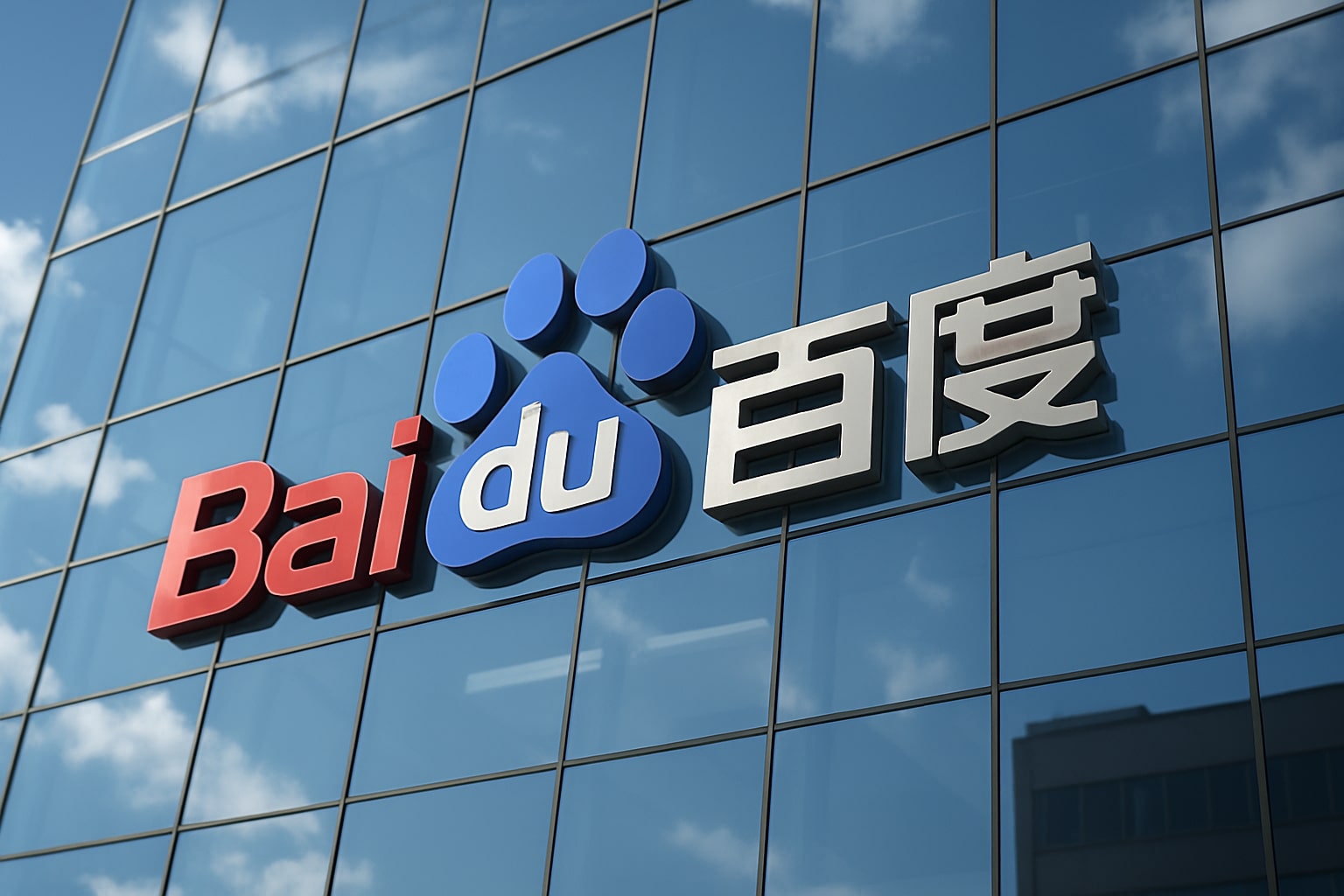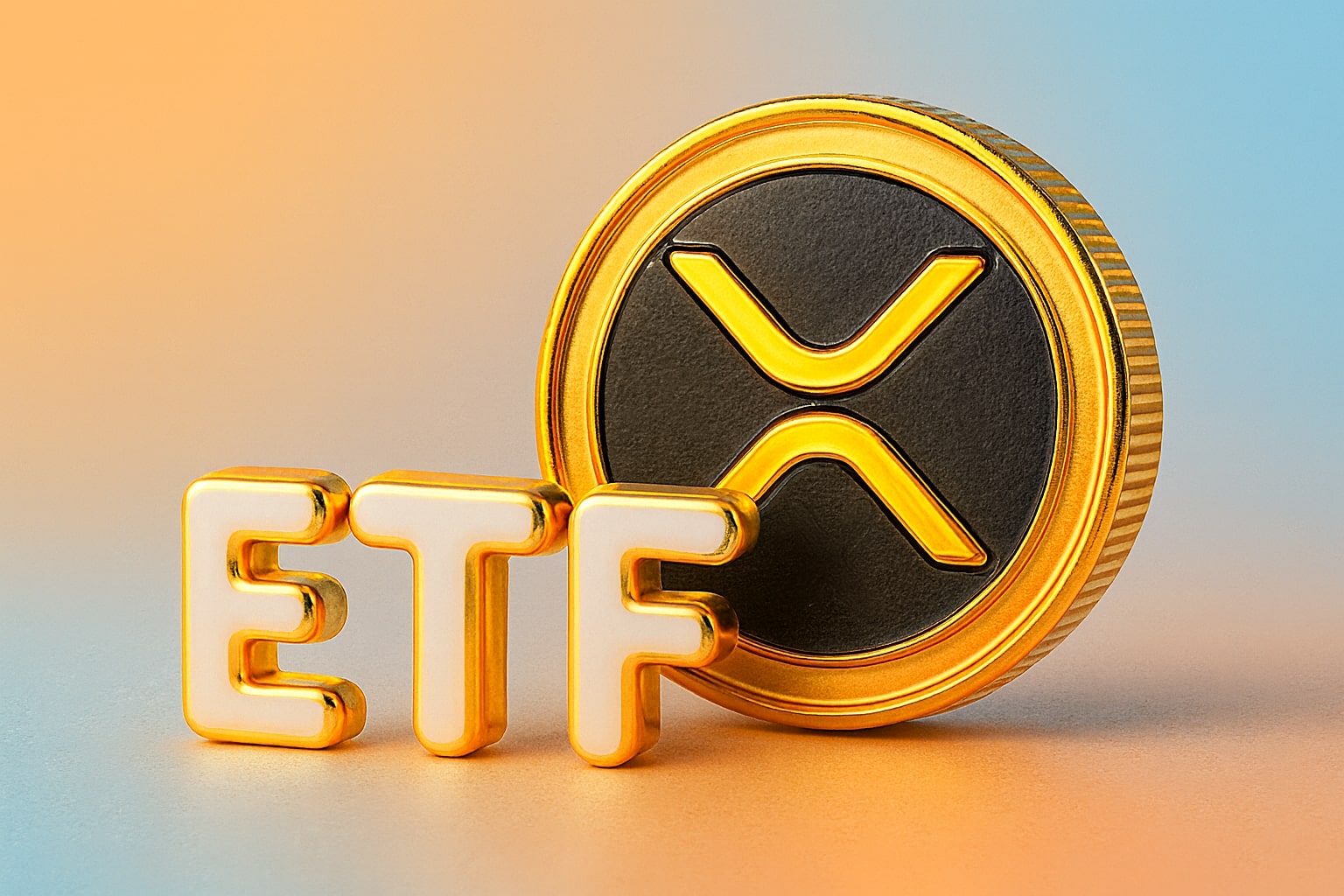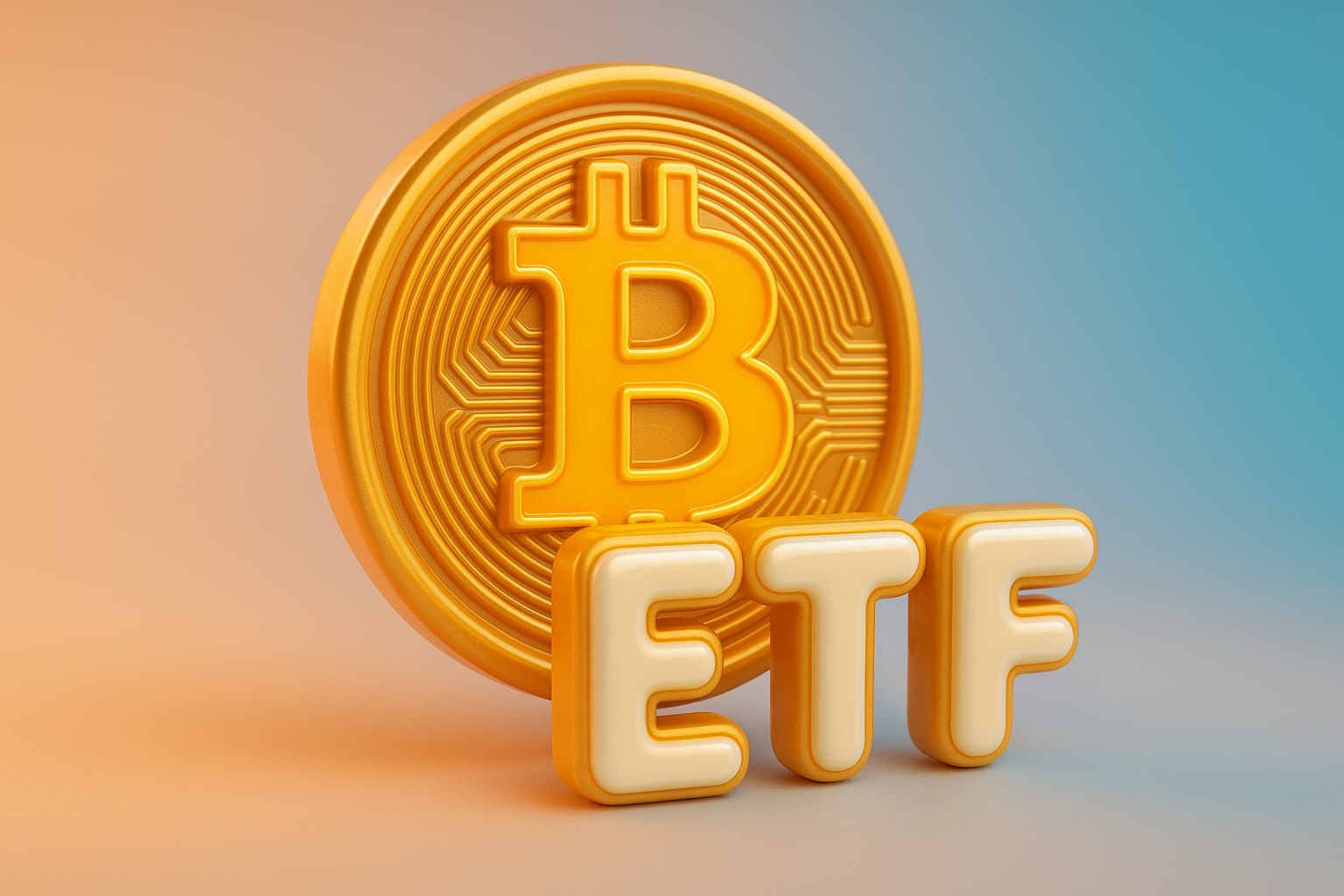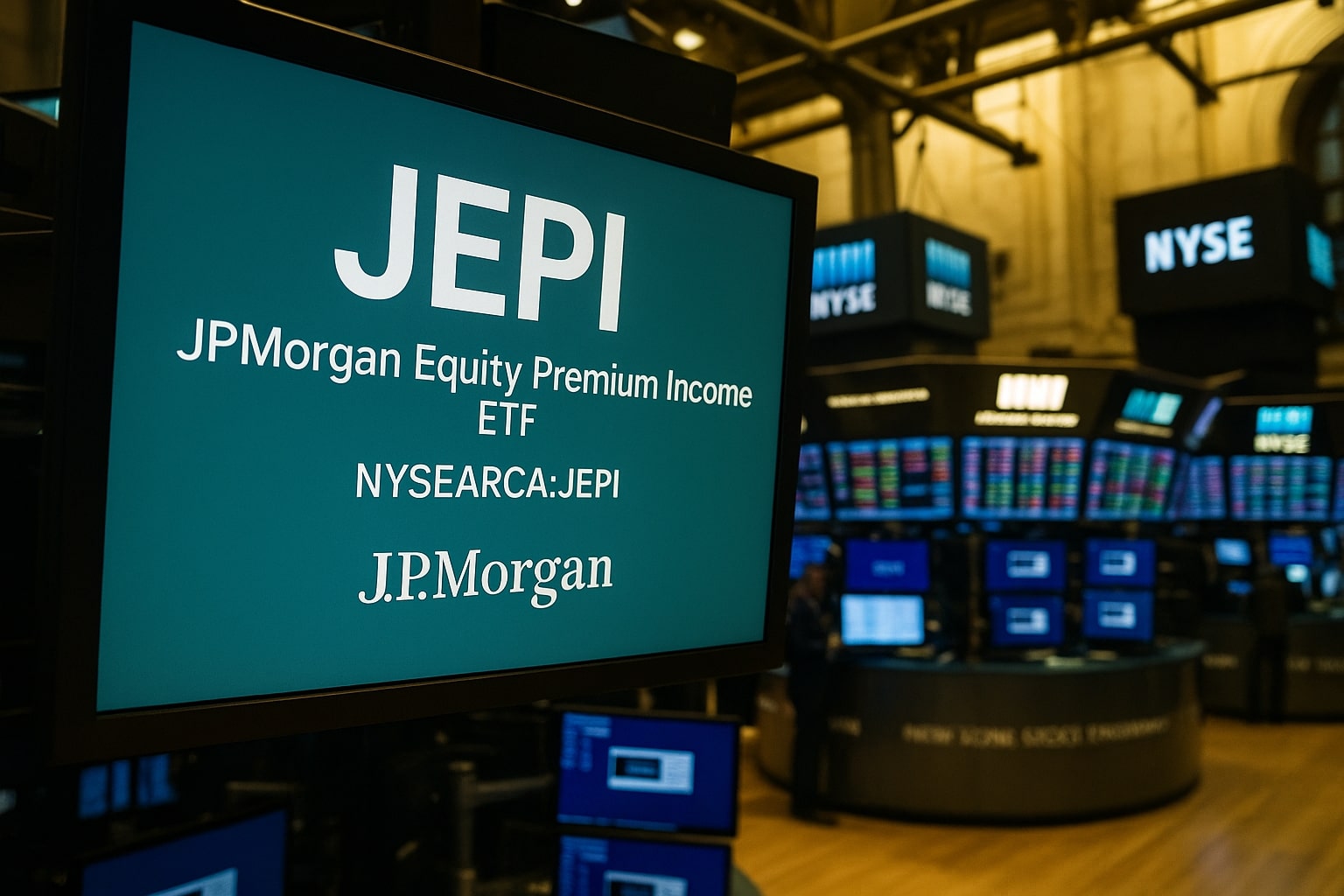
JEPI ETF Loses Momentum as QQQI and SPYI Surpass in Yield and Total Return
JPMorgan’s Covered Call Giant Faces Tactical Downgrade After Weak 2025 Price Action and Peer Underperformance | That's TradingNEWS
Capital Rotation and Performance Drag: Why NYSEARCA:JEPI Faces Competitive Pressure
The JPMorgan Equity Premium Income ETF (NYSEARCA:JEPI) has built its reputation around monthly income and low-volatility exposure. With $41.14 billion in assets under management, it remains one of the largest active ETFs in the U.S. market. But while it still provides a solid stream of income, the latest data signals underperformance across multiple fronts—both in total return and in competitive yield comparison. Since July 2024, JEPI has posted a modest 0.16% decline in price, while delivering $4.74 in distributions, translating to a yield on cost of 8.31%. That might satisfy income hunters—but it trails peers decisively.
Dividend Stability Is Intact, But Price Momentum Lags Behind Rivals
JEPI’s income engine remains intact. The fund’s current SEC yield stands at 8.62%, and the latest monthly distribution was $0.40 per share. Historically, since inception, the ETF has returned 50.15% in cumulative distribution income, with 13.73% in capital appreciation, offering a hybrid profile for conservative allocators. Yet that model is now facing pressure. As of July 22, 2025, JEPI has returned just 3.35% year-to-date, underperforming emerging rivals that offer stronger upside with equal or better yields. The structure, while effective in downturns, is beginning to look less attractive in a reflationary equity cycle.
Yield-Packed But Growth-Capped: How JEPI’s Strategy Limits Its Upside
The construction of NYSEARCA:JEPI remains unique. Around 80% of assets are deployed into U.S. large-cap equities, with the remainder allocated to equity-linked notes (ELNs). These ELNs are critical—they embed short call positions that harvest options premiums without capping the upside of the equity sleeve itself. But when markets trend higher over multiple quarters—as seen in 2025—this trade-off becomes a burden. Investors give up upside optionality in exchange for yield, while total return trails not just the S&P 500 but peer funds like QQQI, SPYI, and JEPQ.
Competitors Like QQQI and SPYI Are Pulling Ahead on All Metrics
The numbers are decisive. Over the trailing 12 months, JEPI posted a total return of 8.15%—respectable but inferior. QQQI, in contrast, delivered 16.44%. SPYI returned 12.71%, and JEPQ came in at 11.93%. Even newer entrants like QDVO, which mixes income and capital appreciation, outperformed JEPI with a 9.66% YTD return, thanks to a balanced approach that didn’t lean too heavily on call-writing suppression. JEPI’s recent YTD capital loss of -0.97% combined with a $2.49 distribution creates a 4.33% income yield for 2025 so far—but again, that result is subpar against the 6–8% total returns from competitors.
Sector Balance Is a Strength, But Tech Exposure Caps the Story
JEPI’s portfolio remains diversified, particularly when compared to SPY, which is dominated by megacap tech. JEPI’s largest position—NVIDIA—represents just 1.73% of AUM, and its tech allocation is closer to 20%, with meaningful weights in industrials, healthcare, and financials. This insulates the ETF during market corrections and broadens its appeal as a volatility buffer. Still, that sector spread has not translated into outperformance. In 2025, as rate-cut expectations faded and inflation remained sticky, high-beta tech stocks led the charge. JEPI, constrained by its ELN overlay and lower beta exposure, simply didn’t keep up.
Risk Mitigation Is JEPI’s Advantage During Selloffs—but at a Price
JEPI’s real value surfaces during drawdowns. During the January 2022–October 2023 correction, it significantly outperformed SPY by holding flat on a total-return basis while the index fell. Similar outperformance was observed during the July 2023 mini-correction and Q1 2025 volatility spike, when SPY dropped 17% and JEPI only declined 11%, buffered by monthly income. But that protection has a cost. Over a five-year period, SPY has returned 110%, while JEPI trails at 68%, including distributions. This divergence makes the fund more of a capital-preservation tool than a growth vehicle.
Market Conditions in 2025 Have Shifted—and JEPI Is Now a Tactical Play
The Shiller CAPE ratio for SPY recently hit 38x, surpassing its 10-year average by a wide margin and echoing 2021-level valuations. Meanwhile, SPY’s forward P/E sits at 29x, and market breadth has narrowed. JPMorgan warned about extreme concentration in high-beta stocks—a red flag historically tied to market tops. In this context, JEPI becomes attractive as a hedge, not as a primary exposure. With its monthly distribution schedule, income-seekers may find JEPI useful as a defensive reallocation vehicle, particularly during earnings season or macroeconomic resets.
Why Structural Discipline Doesn’t Always Beat Innovation
What once made JEPI groundbreaking—using ELNs to capture call premium while allowing partial upside—has now been matched or exceeded by newer ETF structures. Funds like QQQI and QDVO leverage dual-factor strategies that adapt to momentum and volatility shifts, improving capital efficiency. JEPI’s fixed methodology limits reactivity. This rigidity is starting to cost it market share among tactical income investors. And while its 8.3% dividend yield is still appealing, it no longer offsets the underperformance.
Current Valuation vs. Risk-Free Returns: JEPI Must Compete or Decline
The risk-free rate remains elevated. Investors comparing JEPI to SGOV (0.58% capital gain + 13.59% income) or even TLT (down 47% but 9.25% yield) will find JEPI favorable. But that’s a low bar. Against a broader high-yield ETF landscape, JEPI is being outpaced on every axis except volatility reduction. If it cannot adjust its equity mix or overlay timing to improve total return, it risks losing core income allocators to more flexible competitors. The next three distribution cycles will be key in determining whether JEPI regains relevance—or remains a laggard with legacy appeal.
That's TradingNEWS
Read More
-
SCHD ETF Price at $27: Can SCHD’s 4% Yield and 9.15% Dividend Growth Beat High-Yield Covered Call ETFs?
15.12.2025 · TradingNEWS ArchiveStocks
-
XRP ETFs Close on $1B Inflows as XRPI at $10.92 and XRPR at $15.52 Hit 52-Week Lows
15.12.2025 · TradingNEWS ArchiveCrypto
-
Natural Gas Price Forecast: NG=F Holds the $4 Floor as Oversupply Clashes with 2026 LNG Demand
15.12.2025 · TradingNEWS ArchiveCommodities
-
USD/JPY Price Forecast - Dollar to Yen At 155: Yen Strength Builds As BoJ Hike And NFP Collide
15.12.2025 · TradingNEWS ArchiveForex














